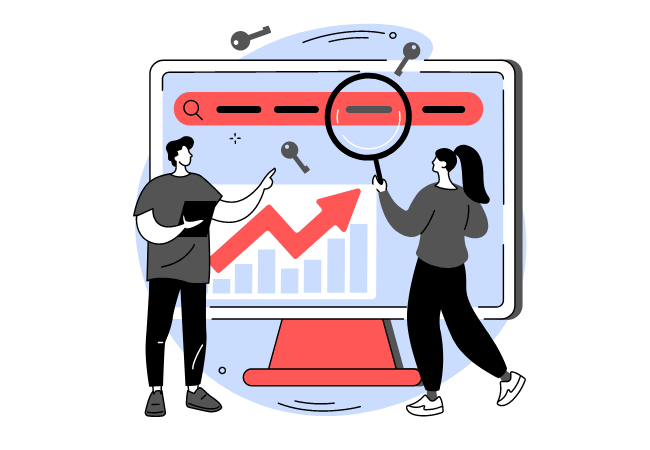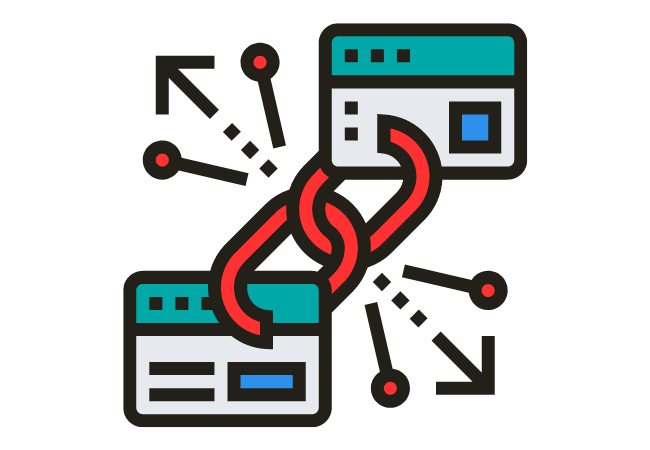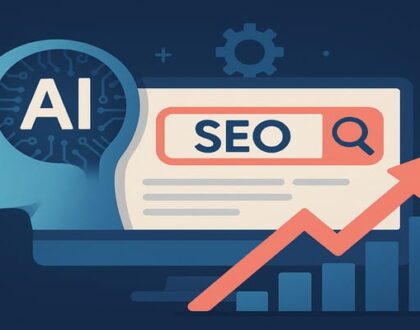The SEO Checklist: 9 Steps to Optimize Your Website

As an SEO expert, I understand the importance of optimizing your website for search engines. If you do this correctly, you can significantly improve your website’s visibility and drive organic traffic. Not only does SEO increase traffic to your website, but it also builds authority and trust among the audience.
In this article, I will share a comprehensive SEO checklist of 9 essential steps. You can follow them to optimize your website effectively. So let’s dive in and start optimizing!
9 Steps to Optimize Your Website for SEO
Although AI will impact SEO future, the given steps will remain effective in different ways. And I can say this from my over a decade of experience. So let’s get to the steps.
Step 1: Keyword Research to Target Audience

The first step in optimizing your website is conducting thorough keyword research. Keywords are the terms or phrases people use to search for information online. Remember, proper keyword research can increase organic traffic and reach your target audience.
I recommend using tools like Google Keyword Planner, Ubersuggest, and Keywords Everywhere for free users. And for paid tools, you can use Semrush or Ahrefs to perform keyword research.
While researching, consider long-tail keywords to have less competition and targeted traffic.
Step 2: On-page Optimization
Once you have your target keywords, it’s time to optimize your content. Start by implementing your chosen keywords into your web page’s title, headings, and body. However, ensure that your keywords are placed naturally and don’t seem overused or stuffed. It can negatively impact your rankings.

Other than these, on-page optimization includes;
Meta description: Optimizing the meta description of the page within 160 characters included with the primary keyword.
Image optimization: Adding alt text and image title based on the keyword. And also, make sure to have a proper resolution (size) of the image.
Optimizing the URL: Most importantly, you need to create the URL based on the primary keyword.
Internal & External Linking: Following anchor texts to create internal & external links for better crawling and user experience.
Step 3: Optimizing Technical SEO for Performance
Technical SEO focuses on improving your website’s performance and search engine crawlability. Here are some essential technical optimizations you should consider:
Website Speed Optimization:
Improve your website’s loading speed by compressing images, merging CSS, HTML, and Javascript codes, and leveraging browser caching. A faster website improves user experience and positively impacts your search engine rankings.
Mobile Optimization:
Ensure that your website is mobile-friendly and responsive across different devices. With the increasing number of mobile users, a mobile-optimized site is crucial for SEO.
Sitemap Creation:
Create an XML sitemap and submit it to search engines (Google Search Console). This helps search engines understand the structure of your website and index it more effectively.
Step 4: Link Building for Authority and Trust

Link building is a vital part of SEO that involves acquiring high-quality backlinks from other reputable websites. You can say backlinks act as votes of confidence, indicating to Google and other search engines that your website is trustworthy and authoritative.
Therefore, focus on creating backlinks from relevant and authoritative websites within your industry. You can achieve this in 2 main different ways – creating quality content and reaching out to influencers or website owners for collaboration opportunities.
Step 5: User Experience – Engaging and User-Friendly Design
User experience (UX) plays a significant role in SEO. Search engines value websites that provide a positive user experience. Here are a few UX optimizations to consider:
Website Design:
Ensure your website has a simple and visually appealing design. Make it easy for users to navigate and find the information they need.
Engaging Content:
Create high-quality and engaging content that provides value to your audience. You can use media files- images & videos for more engagement.
Step 6: Creating and Publishing Valuable Content
Content marketing goes hand in hand with SEO. People-first approached content attracts more visitors, increasing your engagement and rankings. Here are a few content creation and publishing strategies you can follow:
Blog Posts:
Regularly publish blog posts on topics relevant to your industry. However, make sure to provide in-depth information to gain credibility and build trust among your visitors.
Guest Blogging:
Contribute guest posts to reputable websites within your niche. This method not only helps you reach a wider audience but also allows you to earn backlinks to your website.
Social Media Promotion:
Share your content on social media platforms to build trust among your audience. In addition, you can encourage users to share your content and visit your website.
Step 7: Local SEO – Optimizing for Local Searches

Optimizing for local SEO is crucial if your business has a physical location. Local SEO helps you target users searching for products or services in your locality. Here are a few key points to follow:
Google Business Profile:
Create and optimize your Google Business Profile. Share your business information, including your address, phone number, and business hours.
Local Citations:
Ensure your business is listed accurately in local directories, review sites, and industry-specific platforms.
Online Reviews:
Encourage your customers to leave reviews on Google. Remember, positive reviews improve your online reputation and attract more customers.
Step 8: Monitoring Analytics to Track Progress

It’s crucial to monitor your website’s performance using Google Analytics or any other tools. Because you need to know how your SEO efforts are performing.
Google Analytics is a powerful and free tool that you can use to check your website’s traffic, user behavior, and conversion rates. Regularly monitor the key metrics such as organic traffic, bounce rate, and average session duration to assess the impact of your optimizations.
Step 9: Continuous Optimization with Regular Updates
SEO is not a one-time work. You need to follow an ongoing process to stay updated with the latest trends and algorithm updates. Hence, I’d recommend reading the best SEO blogs and following Google Search Central on Youtube and other well-known organizations.
Google regularly updates its algorithms to deliver better results to users. Keep abreast of industry news, follow reputable SEO blogs, and adapt your strategies accordingly.
Conclusion
As an SEO specialist for over 11 years, I’d say optimizing your website for search engines is still vital in 2023. If you don’t follow the above checklists, you won’t be able to attract organic traffic to your website.
Remember, SEO is a long-term journey. You should keep patience and follow the best SEO strategy for at least one year to see some amazing results. Till then, keep optimizing your website, and visit my blog for more SEO insights.
FAQs
1: How long does it take to see results from SEO efforts?
The timeline for SEO results depends on factors like competition, domain authority, and keyword difficulty. Generally, it takes up to 6 to 12 months of consistent optimization and content creation.
2: Is it necessary to hire an SEO expert or agency?
Hiring an SEO expert or agency can be beneficial, especially if you lack the time or expertise to handle SEO yourself. They have the knowledge and resources to implement effective strategies to deliver better results for your website’s optimization.
3: Can I optimize my website without technical skills?
Technical skills are always beneficial. But you can still optimize your website without them. Take help from Youtube tutorials. Use easy CMS like WordPress and follow SEO best practices, such as keyword research, on-page optimization, technical SEO, etc.
4: How often should I update my website’s content?
Aim to add fresh content at least once a month, whether it’s through blog posts, product updates, or relevant industry news. Updating content signals search engines that your website is active and provides value to users. It also improves your chances of ranking higher.
5: Is SEO a one-time effort or an ongoing process?
SEO is not a one-time effort. You need regularly follow algorithm updates by the search engines to remain ahead of your competitors. In addition, monitoring SEO metrics is equally important.
Recommended Posts

What Are Google AI Overviews? Everything You Need to Know
September 9, 2025

Why Hiring an SEO Expert is Essential for Your Business
February 7, 2024


